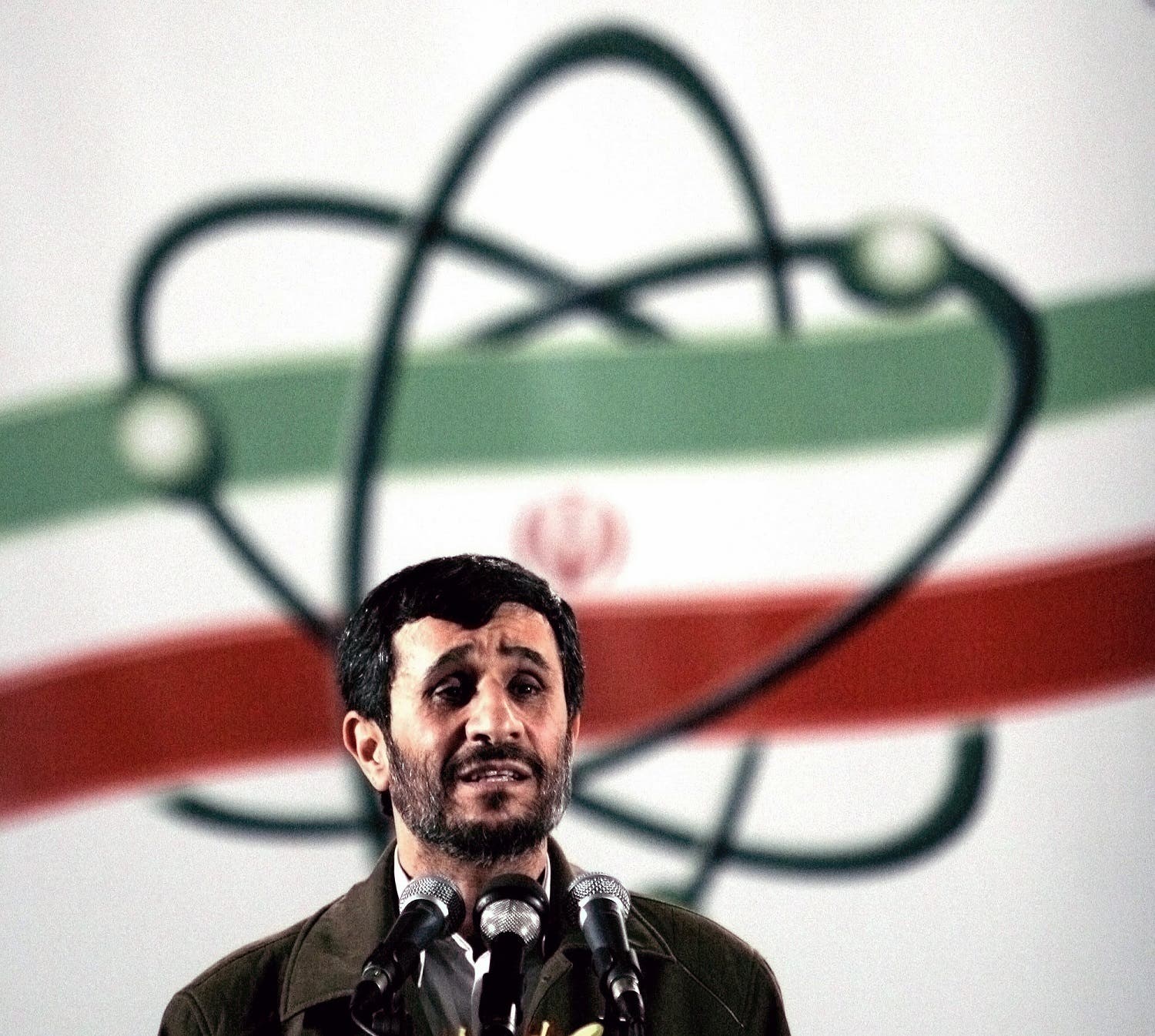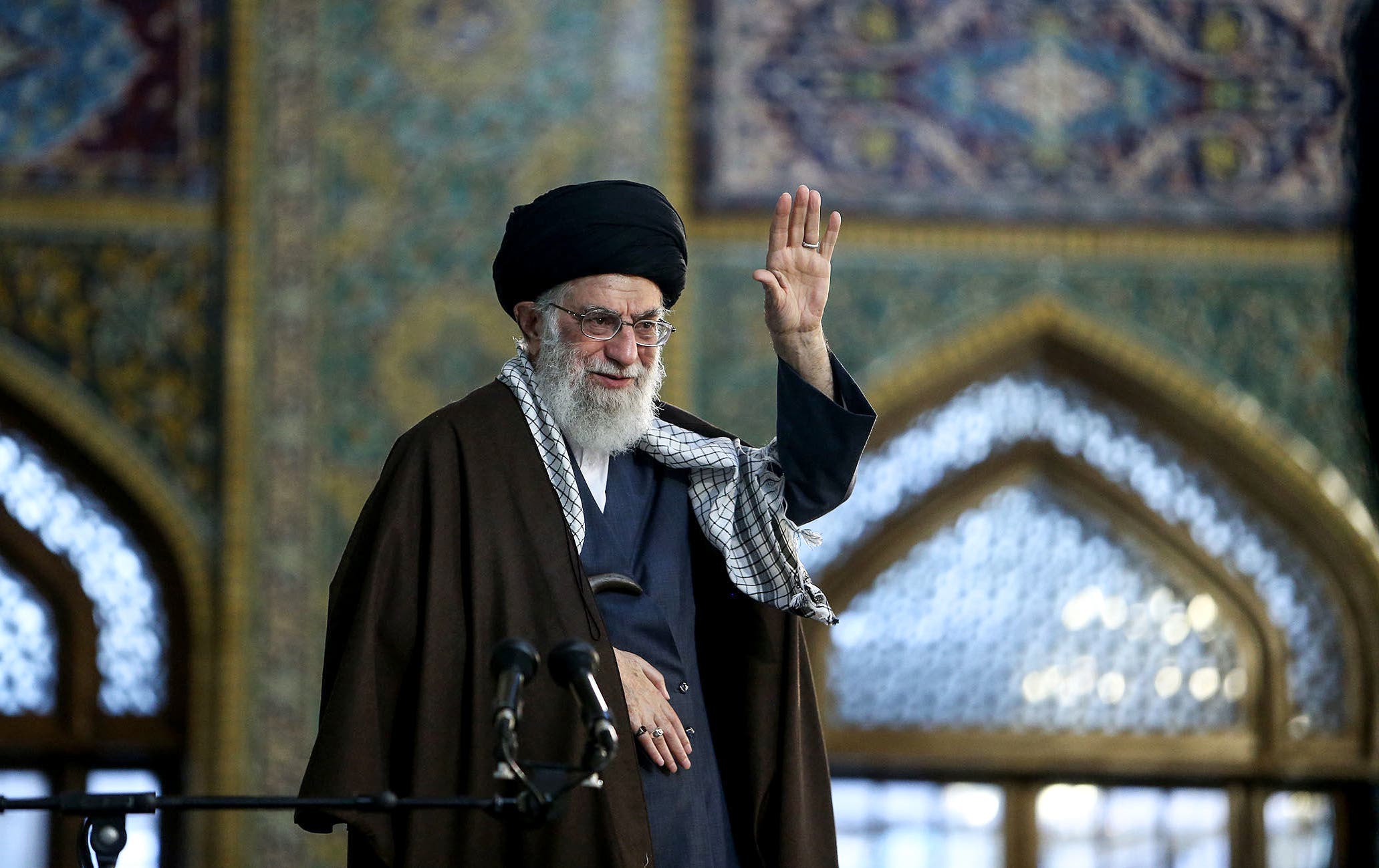Al-Arabia – With the present Iran deal, put in place by US President Barak Obama and other world powers (P-5+1), Iran was invited back into the world’s political fold. There was hope that the country would become a cash cow in the form of billions of dollars coming from lucrative trade deals, and that its stalled nuclear program will remain out of action.
But as far as nuclear deals are concerned, it should be remembered that during the period of 2003 to 2005, the now President Hassan Rouhani, was the Iranian representative dealing with the West over Iran’s nuclear program. It was during those talks that he agreed to freeze the enrichment of uranium. During negotiations, Rouhani had promised to suspend all enrichment and reprocessing activities, promises that were never fulfilled.
While talks were in progress, the yield of centrifuges had barely been reduced, and at a later date, on 27 May, 2013, when appearing on Iran’s state-run IRIB TV, Rouhani brusquely acknowledged to an interviewer: “Do you know when we developed yellowcake?” he stated firmly. “Winter, 2004. Do you know when the number of centrifuges reached 3,000? Winter 2004”, and “by creating a calm environment”, he taunted. “We were able to complete the work on Isfahan.”
So, in the process of bringing today’s Iran deal to fruition, President Rouhani used the same tact as he did during his time as a nuclear negotiator, when he lulled the world into a false sense of security, in order to gain time to advance Iran’s nuclear program.
ANALYSIS: The end-times apocalyptic vision of Iran’s IRGC
But this time around, with Iran’s nuclear ambitions stalled, he has been able to boost the strength of Iran’s armed forces, while flaunting the fact that his military was developing long-range nuclear-capable missiles, all subsidised by impounded cash being returned under the deal.
When Hassan Rouhani first became president, he seemed to be the complete opposite of his predecessor, the bombastic Mahmoud Ahmadinejad, and rattling off well-rehearsed lines, handed to him by Supreme Leader Ali Khamenei, he would add a few flowery comments of his own; wooing the West into believing what a nice person he was.
Then pressing forward with negotiations, Iran made an agreement with the West to freeze its nuclear program, and 9,500 centrifuges that were idle inside two uranium enrichment plants would remain that way.
In return for complying to this agreement, Iran’s sanctions would be lightened, and on certain items, including gold and chemical exports, sanctions would be suspended altogether, and there were also various other services that would be free of sanctions. But should Iran renege on the deal; sanctions would be back in place.
This agreement has worked perfectly for Iran, with its new-found respectability among many influential nations, it has been able to make lucrative deals, and by keeping up this pretence of respectability, it will eventually allow it to build up its economy, strengthen its armed forces, and build up a multitude of grateful nations that will stand by it due to the lucrative deals on offer.
Iran’s Supreme Leader Ayatollah Ali Khamenei greets crowds in the city of Mashhad for a celebration of Noruz on March 21, 2018. (AFP)


Change of attitude
But later down the line, when the Iranian leadership deems it to be the right time, when its economy and military are strong enough, and the world has fully accepted its “change” of attitude, its nuclear program will be up and running again; and with the world blind-sided, the dream of creating a nuke will eventually be realised.
With Iran’s wealth, prestige and power built up through export deals across the world, with Russia as an ally, and its output of oil keeping world prices down, the regime will become a force to reckon with on the world stage, making its powerful hold on the Middle East irreversible. The way the regime views it, Khomeini’s dream of knocking the US off its perch as guardian of the Arab states, will finally be realized.
So, while Donald Trump is considering whether to endorse the Iran Deal, he needs to remember that the Iranian regime has been using the billions of dollars returned to it from sanction relief, to modernize its military, as well as pay for a program to develop long-range nuclear capable missiles.
These will eventually reach the US, and with a massive cash boost in bankrolling Hezbollah, it is also financing wars in places like Syria, Iraq and Yemen. None of this behaviour points to an administration seeking a path of peace, it points more to a nation seeking to extend its hegemonic desires.
Another aspect that Donald Trump needs to take into consideration are the apocalyptic beliefs of the Iranian regime’s hierarchy. Many hardliners around Iran’s Spiritual Leader, Ali Khamenei, advocate that the return of the Shiite messiah, Muhammed al-Mahdi.
In readiness for the Mahdi’s appearance, Khamenei is fiercely committed to bringing about the destruction of the US and Israel, a stance he has made perfectly clear in his constant reiteration of the slogans “Death to Israel” and “Death to America”.
Such is Khamenei’s fervour on the subject, on 18 July, 2015, four days after President Barak Obama had heralded the Iran Deal as an end to Iran’s nuclear program, and a pathway to peace, Khamenei was making a speech on al-Quds (Jerusalem) Day, praising the rising movement across the nation that was calling for “Death to Israel” and “Death to America”.
Khamenei also believes that the Mahdi will arrive at a time when the world is awash with chaos and carnage, which his proxy militia Hezbollah has been striving to achieve over the past decades, through a global terror campaign.
The Iranian administration also believes it is their duty to hasten the Mahdi’s arrival, by creating disorder through any means at their disposal, which in Iran’s case could soon include the use of nuclear weapons.
True face of Khamenei’s apocalyptic vision came on the day the bombastic Mahmoud Ahmadinejad entered onto the Iranian political stage as president. (AP)
Culture of martyrdom
The culture of martyrdom has been infused into Iranian culture since the birth of the Iranian Islamic Republic, after its founder Ruhollah Khomeini adopted the modern concept of suicide bombing, bringing it into the realm of terrorism through terror groups such as Hezbollah and Hamas.
But the true face of Khamenei’s apocalyptic vision, came on the day the bombastic Mahmoud Ahmadinejad entered onto the Iranian political stage as president. There, through his anti-Western and anti-Israeli rhetoric, plus his determination to speed up taking his country down the nuclear route, he had numerous vitriolic verbal clashes with the West, and seemed to be leading the world towards an all-out apocalyptic clash.
But what made Ahmadinejad so frightening, was his obsession in bringing about the return of the Mahdi, and his fixation on Iran’s nuclear program, as he fast-tracked the country toward a nuclear capability.
During Ahmadinejad’s tenure, with years of him threatening to annihilate Israel and take on the West, as well as his constant refusal to allow agents of the International Atomic Energy Agency (IAEA) access to inspect some of Iran’s suspect nuclear facilities, the fiercely provocative president had vastly accelerated his country’s nuclear program.
Then, with the threat of an American air assault seeming to be on the cards, the verbose Iranian president claimed that although Iran had the capability to create nuclear weapons, it didn’t intend to do so. Eventually, with the nuclear issue coming to a head, with the US close to bombing Iran, if it didn’t comply to IAEA demands, a series of powerful economic sanctions were eventually imposed on the country.
As a result of the crippling sanctions, Iran’s economy began to crumble, and with unemployment rising, and apathy setting in amongst the Iranian people, ordinary Iranians became sickened at the thought of the rest of the world portraying Iran as a terrorist state, and demonstrations began in Iran’s major cities, with protestors demanding a change.
With Khamenei being very astute when it came to the mood of the people, he realized that the beginnings of an uprising might be in the air, and not wanting a repeat of the violent street demonstrations that had taken place throughout the country in 2009, which had to be brutally quelled by the regime’s Basij militia, Khamenei decided that a new type of “moderate” president was needed to calm the situation, and offer the people hope.
Then in a carefully orchestrated election, a Khamenei loyalist with so-called “moderate” credentials was rolled out in the form of Hassan Rouhani. With an infectious smile stretched across his face, he made all the right overtones in his bid to be seen as a moderate who was reaching out to the West, and a nuclear deal was on the table.
Yet, what needs Trump’s attention is the apocalyptic vision that continues to thrive in Iran.
Last Update: Wednesday, 2 May 2018 KSA 10:55 – GMT 07:55
 Shabtabnews In this dark night, I have lost my way – Arise from a corner, oh you the star of guidance.
Shabtabnews In this dark night, I have lost my way – Arise from a corner, oh you the star of guidance.


